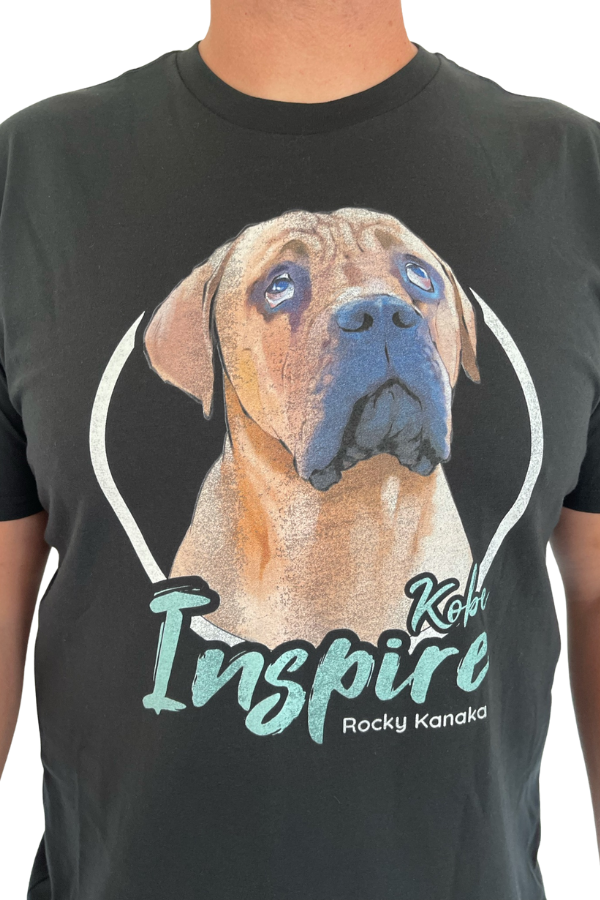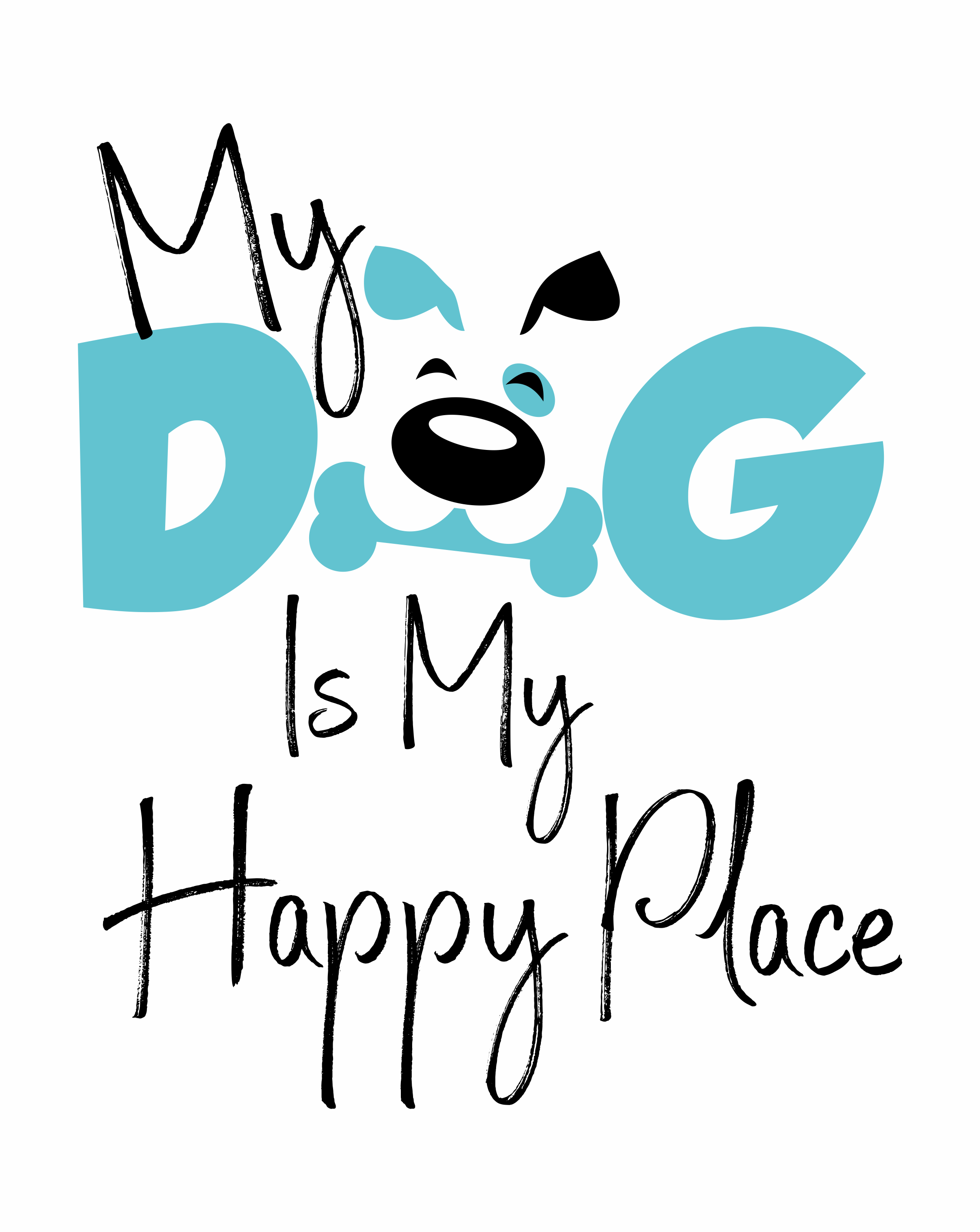The Story Behind the “Jingle Bells” Dog Bark Song: A Howling Holiday Classic
For decades, the “Jingle Bells” dog bark rendition has been a quirky and delightful staple of the holiday season. Whether you hear it while walking through a shopping mall, tuning in to a Christmas radio station, or enjoying a holiday playlist at home, this canine chorus has brought smiles to countless listeners. But where did this peculiar recording come from, and why has it endured for so long? The history of this holiday classic is as charming as the song itself.

The Origins of the Singing Dogs
The story begins in the early 1950s with a Danish recording engineer named Carl Weismann. Weismann had a keen ear for audio experimentation and was fascinated by the potential of splicing and editing sound recordings. In 1955, he created a unique novelty record that featured dogs seemingly “singing” popular tunes. The group behind the recording became known as “The Singing Dogs.”

Weismann wasn’t just recording random barks. Instead, he meticulously edited together different pitches and lengths of barks to form recognizable melodies. The dogs whose barks were used for the recordings included a Cocker Spaniel, a German Shepherd, and several other breeds. These canine “vocalists” were recorded individually, and Weismann spliced their barks to align with the tunes he had in mind.
“Jingle Bells” Makes History
The most famous track to come out of Weismann’s project was the barking rendition of “Jingle Bells.” Initially released as part of a medley on a 45 RPM single, “Jingle Bells” became an unexpected hit. It featured cheerful barks perfectly timed to the familiar rhythm of the Christmas classic, giving listeners the impression that the dogs were performing the song themselves. The playful and lighthearted nature of the track captured the imagination of audiences worldwide.

A Re-Release and Continued Popularity
The novelty of The Singing Dogs didn’t stop in the 1950s. In 1970, the “Jingle Bells” track was re-released by RCA Records as a standalone single. This time, it received even more widespread attention, cementing its status as a holiday classic. The re-release helped introduce a new generation to the charming absurdity of dogs “singing” a Christmas carol.
Since then, “Jingle Bells” by The Singing Dogs has been a seasonal fixture. It frequently appears in holiday playlists, radio programming, and even in television commercials. The song’s enduring appeal lies in its blend of humor, nostalgia, and sheer novelty. It’s a whimsical reminder that the holiday season is about joy, laughter, and sometimes, a bit of silliness.
Where to Hear the “Jingle Bells” Dog Bark Song

Today, you can easily find the “Jingle Bells” dog bark rendition on streaming platforms like Spotify, Apple Music, and YouTube. The track often appears on novelty holiday albums and “fun Christmas songs” playlists. It’s also a popular choice for holiday radio stations that aim to keep the festive mood light and cheerful.
Why It Matters
The “Jingle Bells” dog bark song holds a unique place in pop culture history. It showcases the creativity and technical skill of Carl Weismann, who transformed simple recordings of dog barks into a beloved holiday tune. More importantly, it exemplifies the whimsical side of the Christmas season. In a world that can sometimes take itself too seriously, The Singing Dogs remind us that it’s okay to laugh, play, and enjoy the lighter side of life.
So, the next time you hear those barks ringing out “Jingle Bells,” take a moment to appreciate the ingenuity behind the song and the joy it has brought to generations of listeners. After all, what better way to celebrate the holidays than with a chorus of festive, barking dogs?




